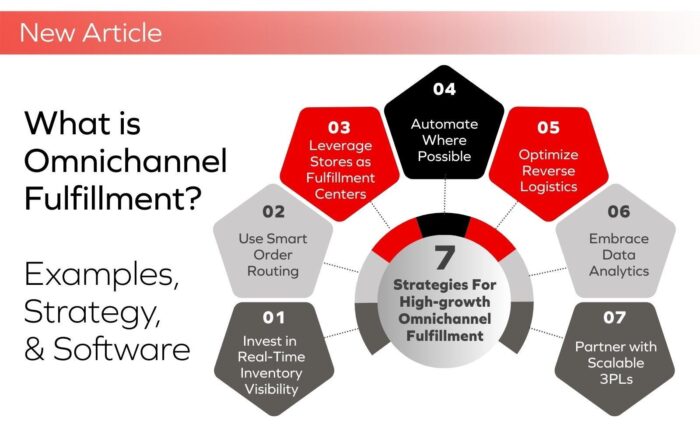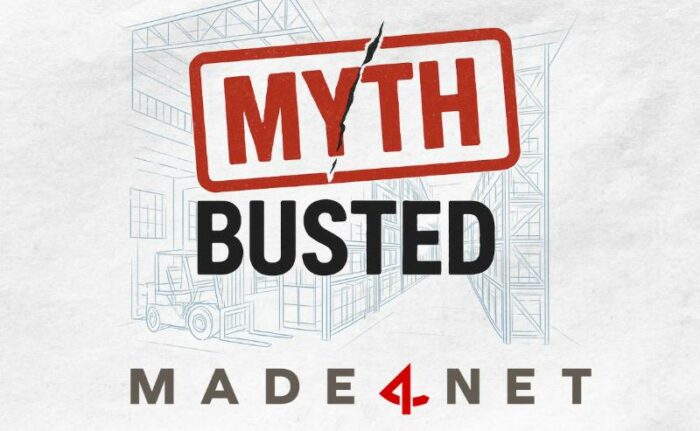
In today’s fast-paced and interconnected world, supply chain management has become increasingly complex, often involving multiple entities and partners spread across different locations. To effectively manage and optimize such disparate supply chains, businesses are turning to innovative IoT (Internet of Things) technologies. These technologies offer real-time visibility, centralized configuration, and seamless integration of systems, enabling businesses to streamline operations and enhance efficiency.
In today’s fast-paced and interconnected world, supply chain management has become increasingly complex, often involving multiple entities and partners spread across different locations. To effectively manage and optimize such disparate supply chains, businesses are turning to innovative IoT (Internet of Things) technologies. These technologies offer real-time visibility, centralized configuration, and seamless integration of systems, enabling businesses to streamline operations and enhance efficiency.
Key Components of IoT Technology
IoT, or Internet of Things, refers to the connected physical device network that collects and exchanges real-time data through the Internet. IoT devices can range from simple sensors and actuators to complex systems like smart cities, industrial automation, and wearable devices.
Key components of IoT technology include:
- Sensors and Actuators: These devices collect data from the physical environment, such as temperature, humidity, motion, and light, and can act on that data by controlling physical processes.
- Connectivity: IoT devices are connected to the internet or other networks, allowing them to transmit data and receive instructions remotely.
- Data Processing: IoT devices generate vast amounts of data, which is processed and analyzed to derive meaningful insights and make informed decisions.
- Cloud Computing: Cloud-based platforms are often used to store and analyze IoT data, providing scalability, accessibility, and advanced analytics capabilities.
- Edge Computing: In some cases, data processing is performed locally on the device itself (at the edge of the network), allowing for faster response times and reducing the need for constant internet connectivity.
- Security: Security is a critical aspect of IoT technology to protect data, devices, and networks from unauthorized access, cyber-attacks, and privacy breaches.
By connecting devices and systems across the supply chain, IoT enables improved efficiency, predictive maintenance, enhanced decision-making, and new business opportunities.
IoT in Supply Chain Operations
IoT technology has impacted all aspects of the logistics industry, from warehouse management to quality management and more. Clint Boaz, Senior Sales Engineer at ProShip, highlights two critical capabilities of IoT: integration and visibility.
Integration
According to Boaz, the supply chain has many segments. “You may have shipping from distribution centers, shipping from stores, or shipping from third party logistics partners.” Having a centralized system and enabling all these segments to feed into it allows businesses to configure things like shipping rules regardless of the underlying systems. Boaz emphasizes the need for flexibility in integrating disparate systems, especially for companies that have grown through acquisition and are dealing with various ERP and WMS systems. ProShip’s approach with an open architecture allows businesses to integrate different systems seamlessly, ensuring smooth operations during the transition towards a consolidated enterprise system.
Visibility
When it comes to visibility, Boaz highlights how IoT technologies provide real-time insights into inventory levels, shipment status, and delivery tracking, enabling businesses to make informed decisions and respond quickly to changes.
Mike Raboy, Client Relations Manager at Voodoo Robotics, identifies several IoT technologies that are transforming supply chain management. RFID (Radio-Frequency Identification) technology enables real-time tracking of assets, inventory, and shipments, providing accurate and timely data for decision-making. Similarly, GPS-enabled devices, like Apple’s fobs for luggage tracking, enhance visibility and control, especially in retail environments. Raboy also mentions PLC (Programmable Logic Controller) sensor components, which aid in monitoring and managing electrical, plumbing, and building infrastructure. These IoT devices ensure optimal performance and efficiency in facility management.
Conclusion
Incorporating IoT technologies into supply chain management offers significant advantages for businesses aiming to unify disparate supply chains. From centralized configuration and integration to real-time visibility and flexibility, these technologies enable businesses to optimize operations, reduce costs, and enhance customer satisfaction. For more expert tips on leveraging IoT solutions, check out our Ask the Experts video.


